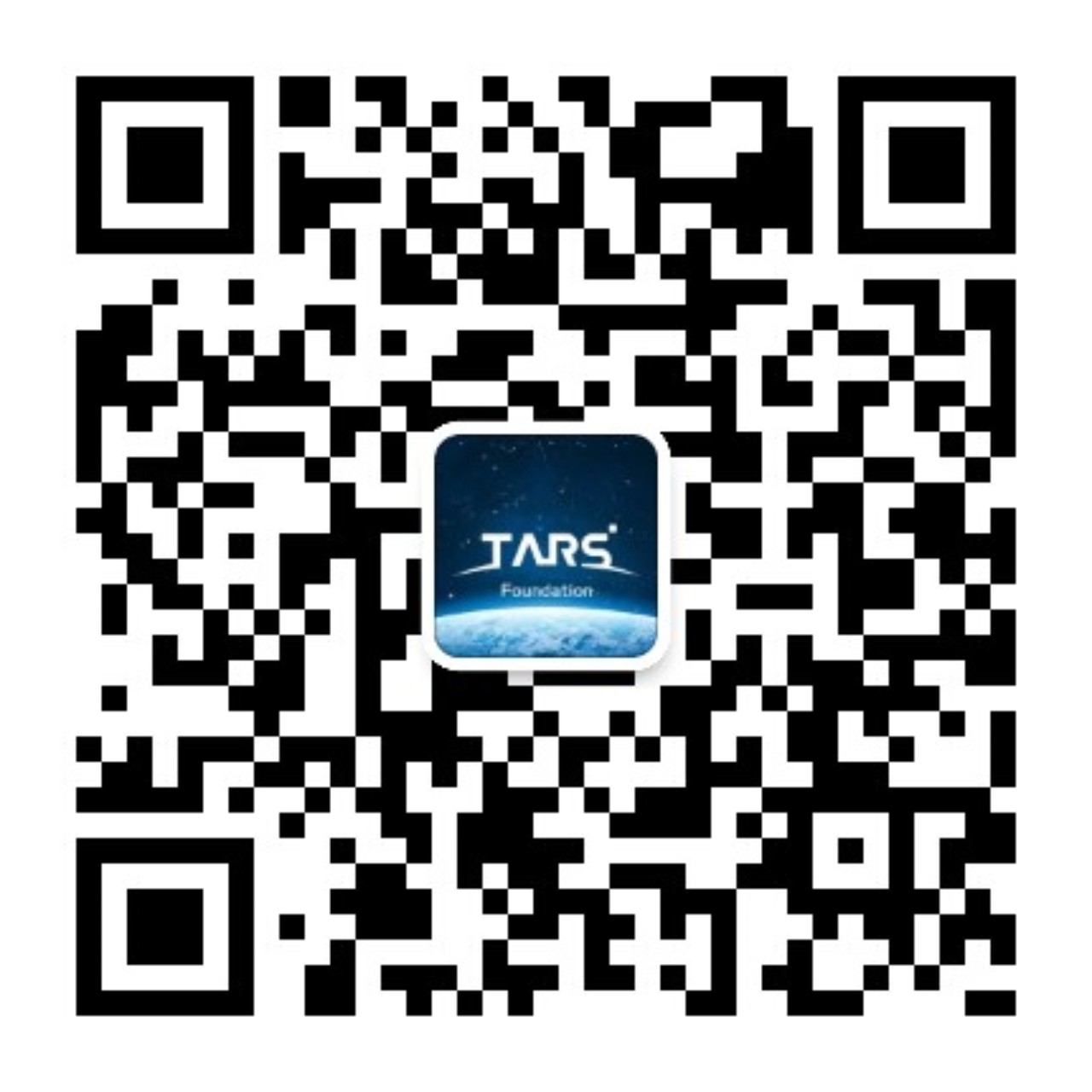The old ways of monitoring and managing applications have become inefficient due to the rise of cloud applications' complexity and the sheer amount of processed data. To address this problem, observability comes into play. Observability refers to the ability to understand what is happening inside a system based on the external data exposed by that system [1]. With observability, you can determine the root cause of problems by monitoring your servers, containers, and data in the cloud as well as analyzing and fixing problems in a timely fashion.
Basically, observability is a new way of getting insights into the performance of cloud environments. There are different kinds of surface-level data that drive observability, such as software and infrastructure logs, traces, and metrics from the environment where applications run as well as data from complementary systems such as CI/CD pipelines and help desks [1]. When such data is correlated, observability may help to uncover business insights and meet business objectives. Furthermore, when observability is combined with DevOps culture, the hardest issues of today's cloud applications may be tackled.
In this article, we will talk about the difference between observability and monitoring, how to observe different systems, and open source tools to help you with observability.
Observability is not monitoring
Based on what we mentioned before, you might be thinking that observability is the same as monitoring. In fact, monitoring is one process that drives observability, but observability is much more than that. Monitoring only uses surface-level data to tell you what is going on on the surface of the problem. Monitoring does not help you to gain an understanding of the internal state of the system, but observability does.
For simple issues, surface-level data might be enough. For example, if your application has stopped responding because the server that was hosting it has failed completely, you only need basic surface-level data to figure out what is wrong [1]. However, imagine that you have an application that is not responding and the server that hosts the application did fail, but your orchestrator automatically moved the application to another server in the cluster. In that case, the failed server is not the root cause of the problem anymore. Instead, it’s a coding problem with the application itself, which has a memory leak that will eventually cause any server hosting it to fail. In that case, you would need to correlate data from a variety of sources to figure out the problem such as application logs, operating system logs, CI/CD pipeline data etc, then find which CI/CD deployment introduced the leak and trace back to the code change that caused the problem.
How to observe different systems?
The observability strategy varies from system to system. We explore three different kinds of systems below [1].
- Distributed systems observability: In distributed systems, applications run in either containerized microservices such as TARS or serverless functions that are spread across clusters of servers. In this case, observability requires the analysis and correlation of many types of data as well as the interpretation of complex relationships between different servers/environments.
- Cloud observability: If you use multiple clouds, you need to collect and analyze data from all your cloud providers, convert them to the same data formatting, and observe the environment. Serverless functions, however, limit your ability to monitor host servers and you might not have the complete operating system logs.
- Orchestrator observability: If you use an orchestrator like Kubernetes, you need to track the state of the orchestrator as well as the servers, containers, and applications. Although it is more complicated, you also have more data sources to help contextualize events and discover patterns in each layer of the system.
Open source tools to help you with observability
Some tools can help you to do observability, such as:
- Prometheus has built-in service discovery and functions by collecting data via a pull model over HTTP.
- Jaeger monitors and troubleshoots transactions in complex distributed systems.
- Fluentd tracks events from many sources and centralizes these logs in a common database.
- OpenTelemetry collects telemetry data, such as metrics, logs, and traces, from various sources to integrate with many types of analysis tools.
- Grafana helps you to visualize data from various sources.
Different frameworks can help integrate the aforementioned tools. For example, the TARS microservices framework helps developers not only to build their microservices but also to integrate observability tools for microservices. TARS can integrate all aforementioned observability tools. Other frameworks such as Istio service mesh might also be able to integrate different observability tools.
About the author:
Isabella Ferreira is an Ambassador at TARS Foundation, a cloud-native open-source microservice foundation under the Linux Foundation.
References
[1] https://www.observeinc.com/resources/what-is-observability/
[2] https://newrelic.com/blog/best-practices/what-is-cloud-native-observability#:~:text=Observability%20is%20defined%20as%20your,data%20processes,%20and%20hardware%20processes
